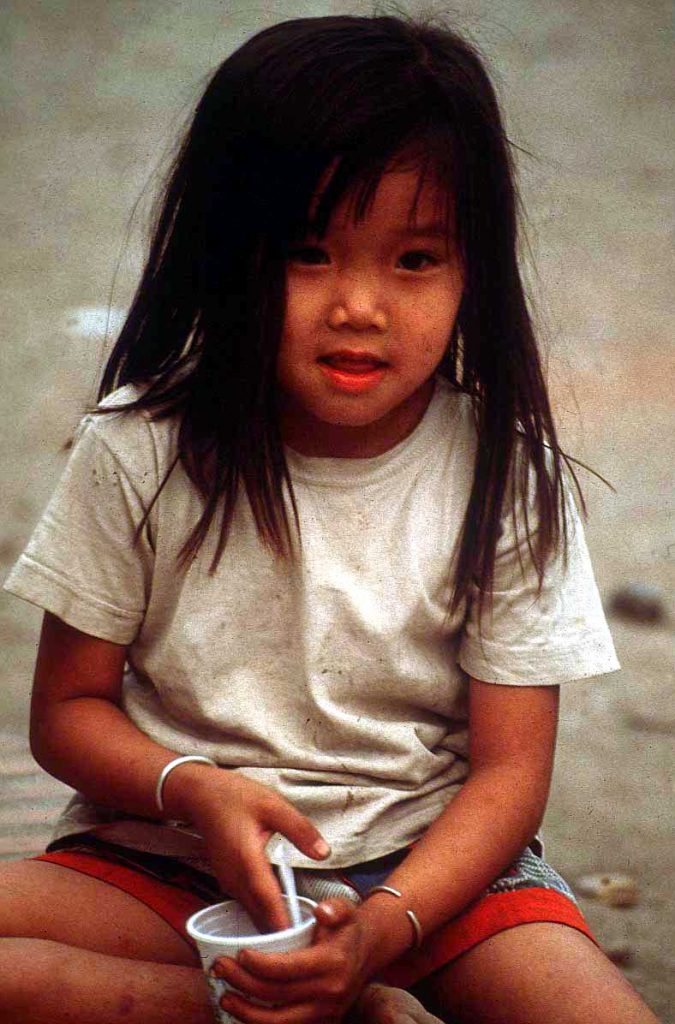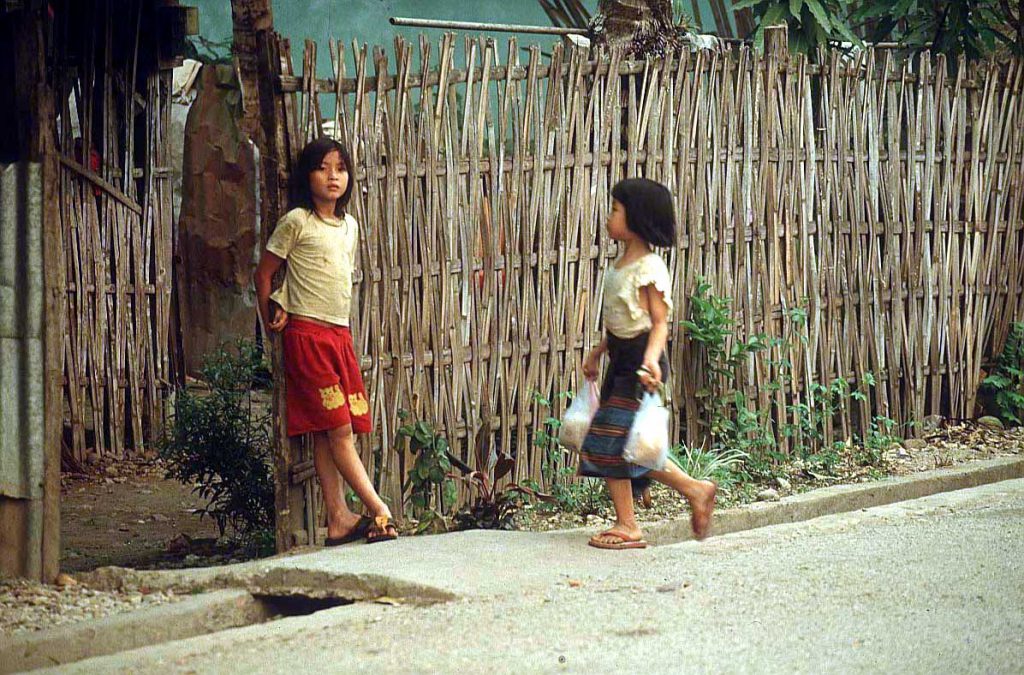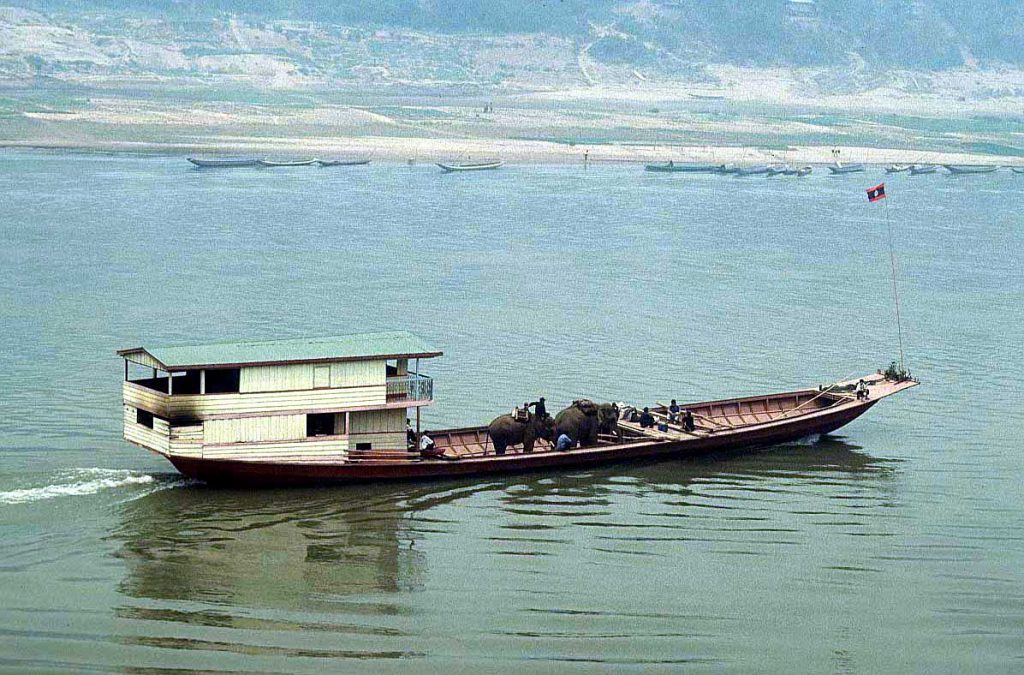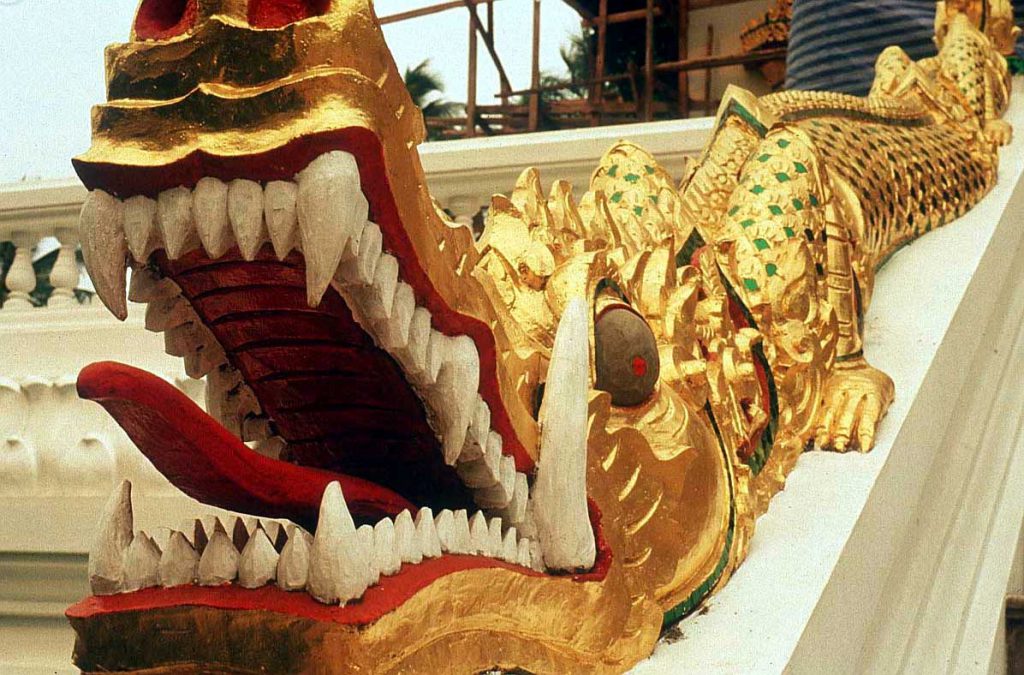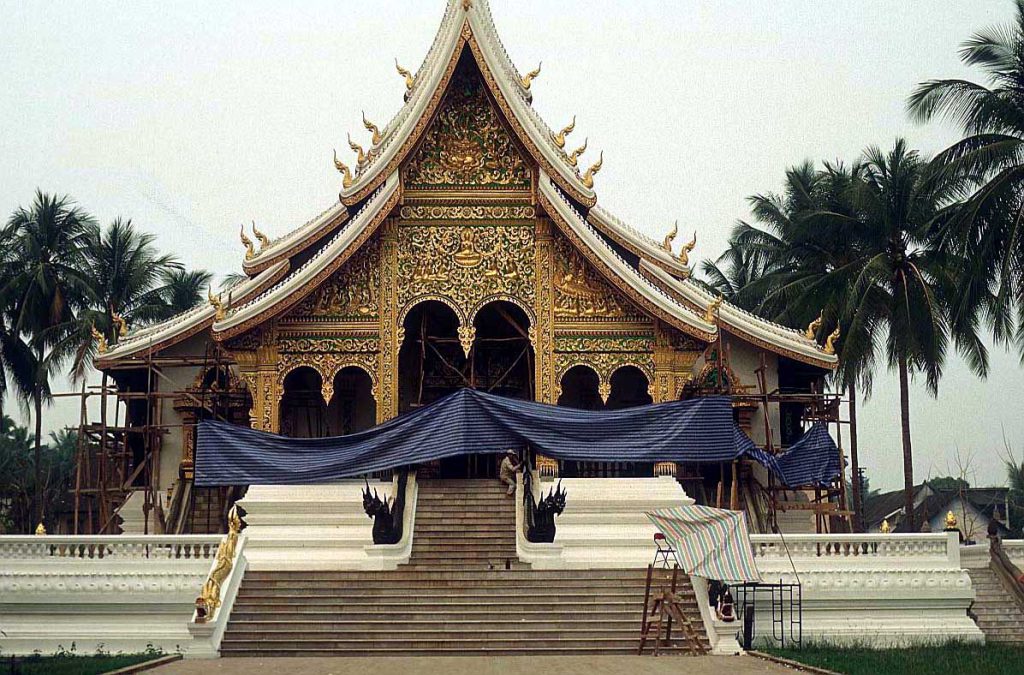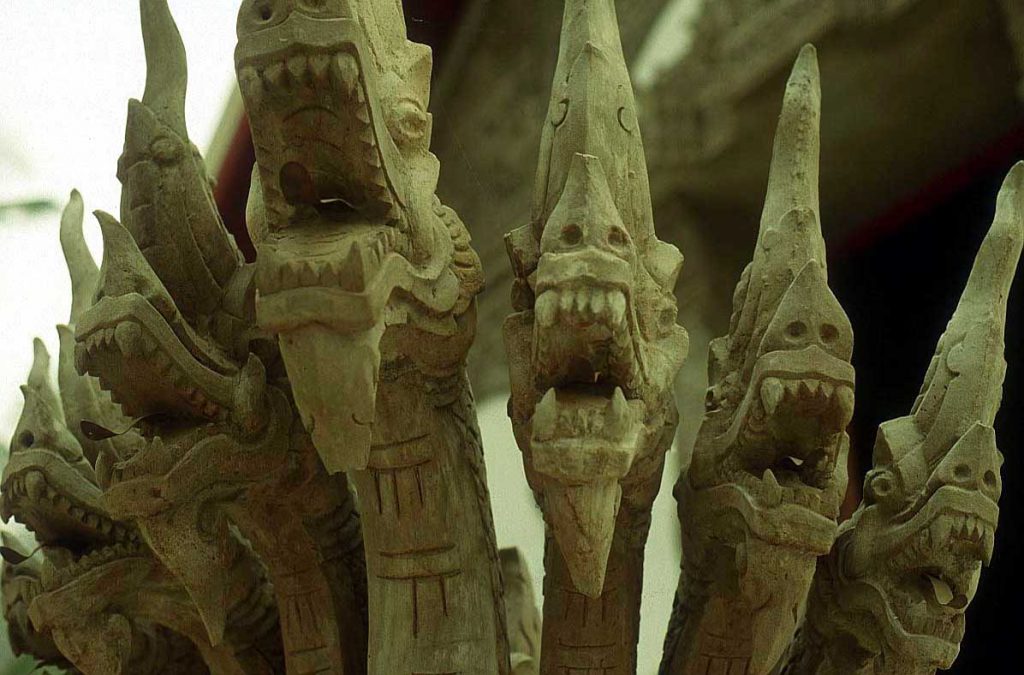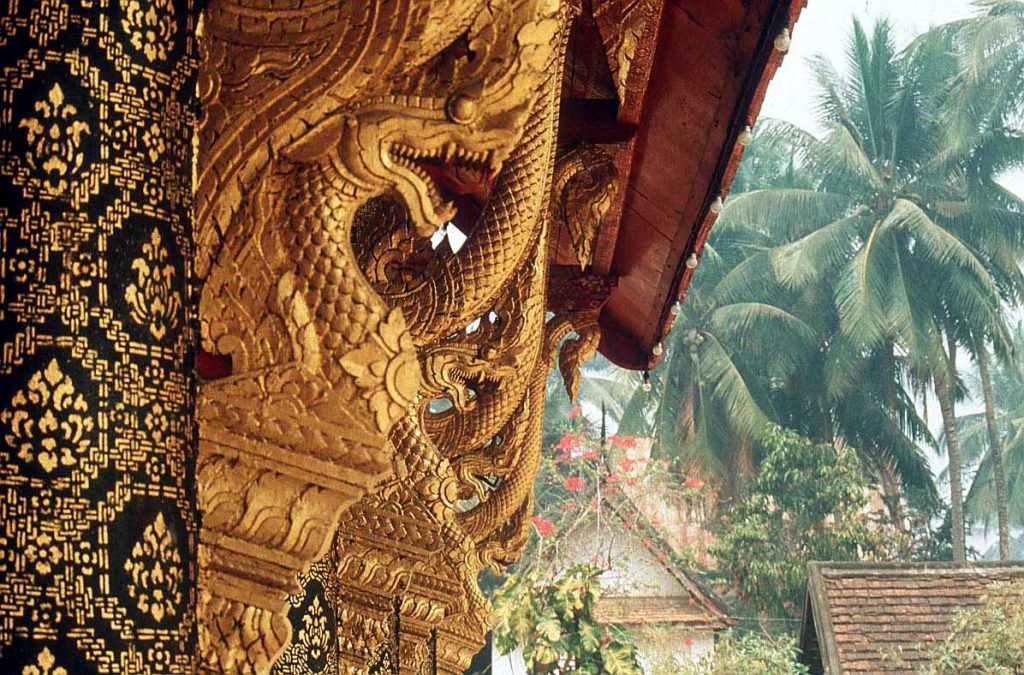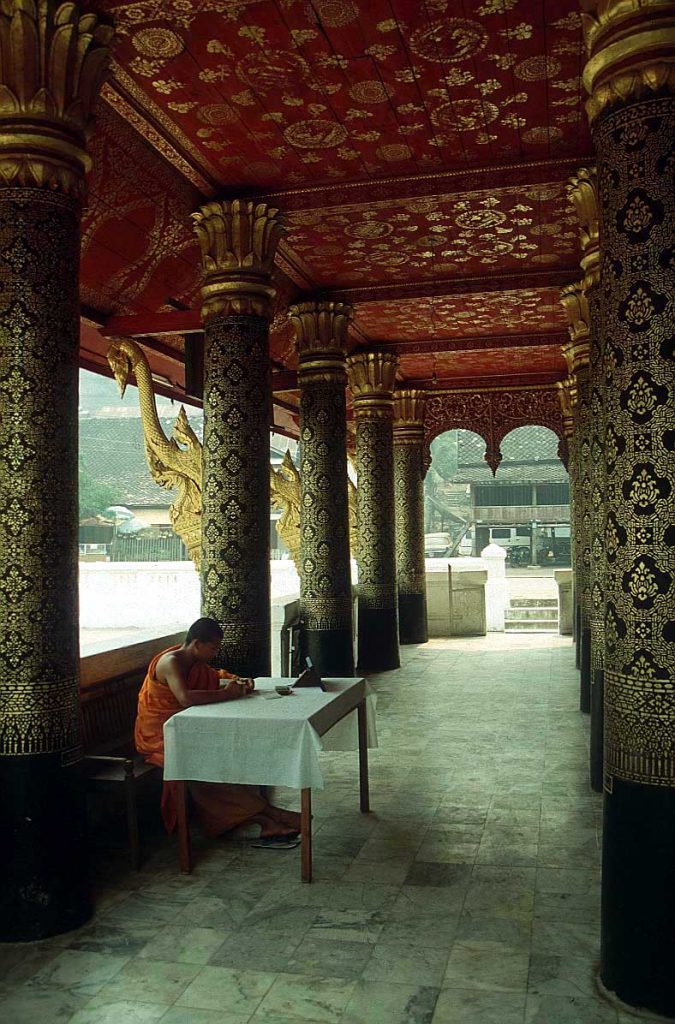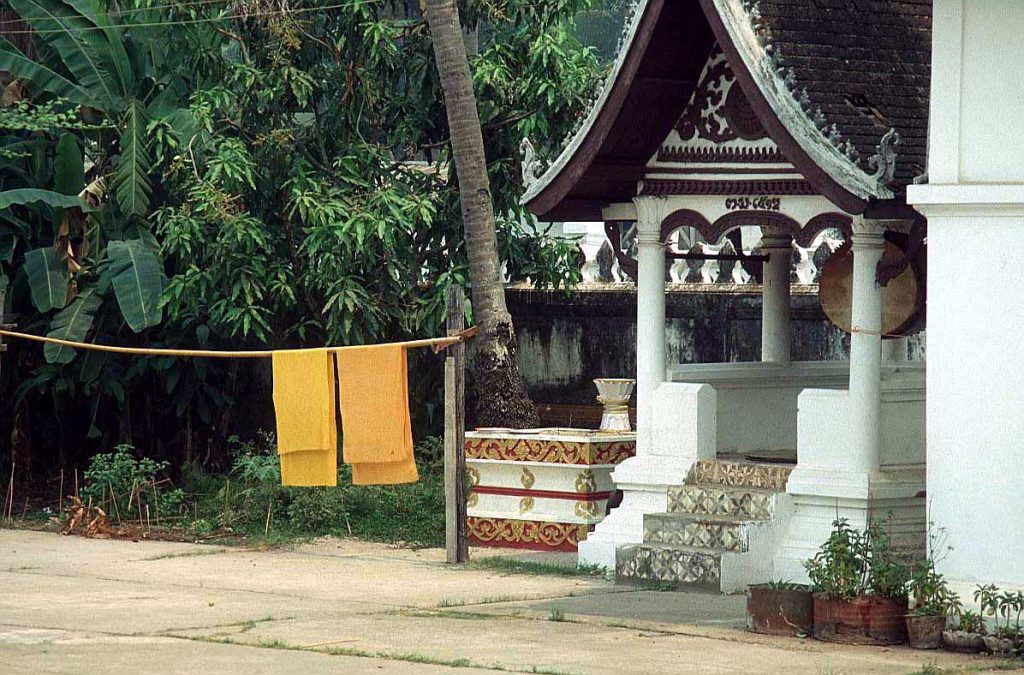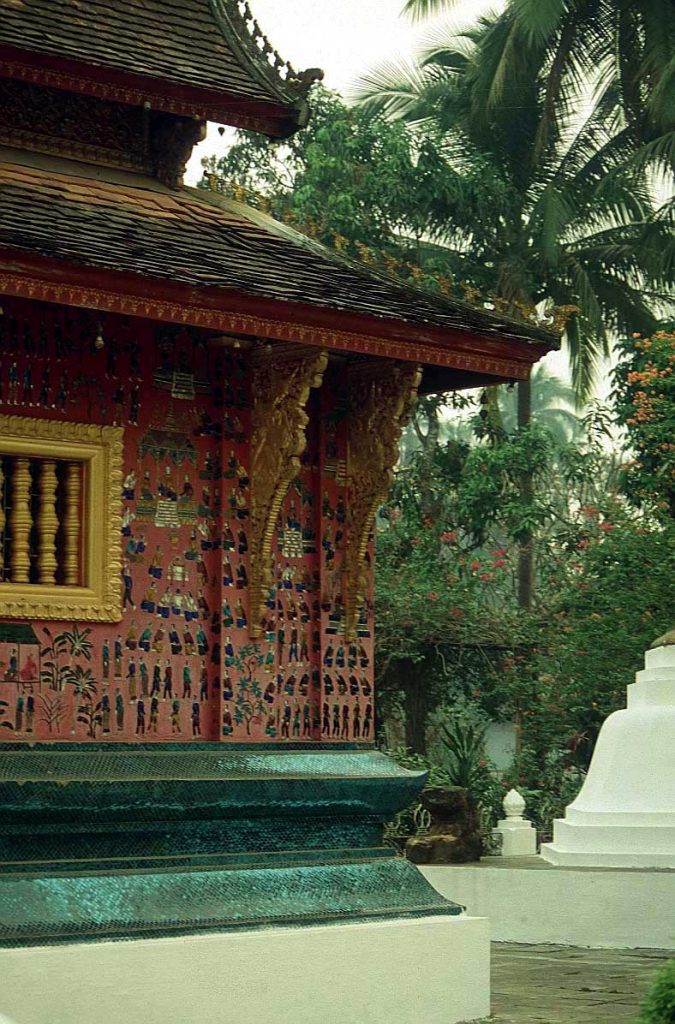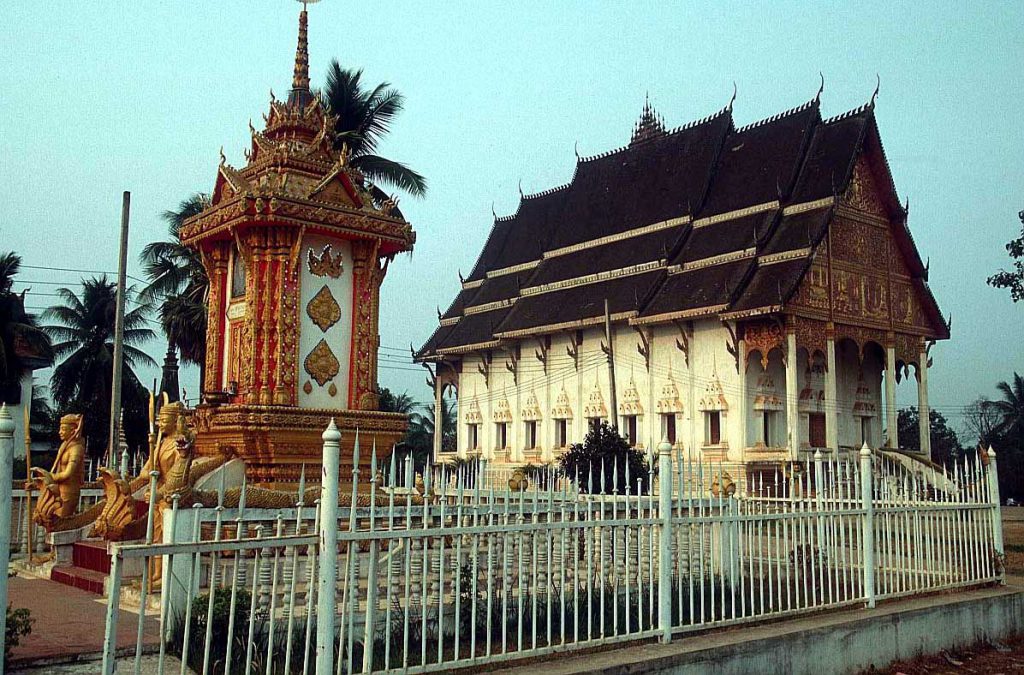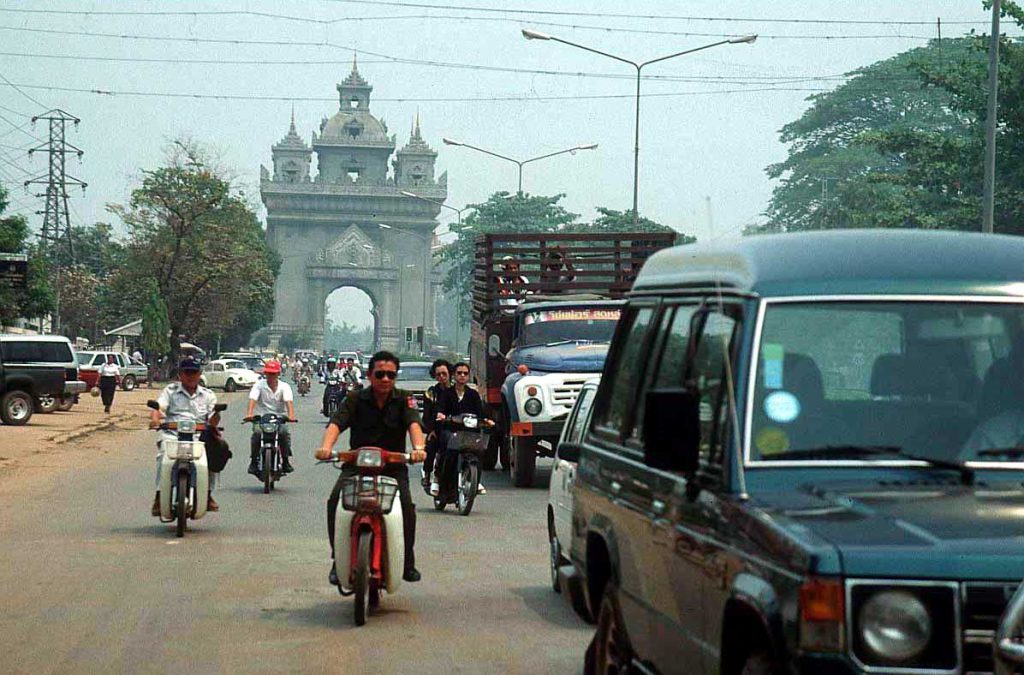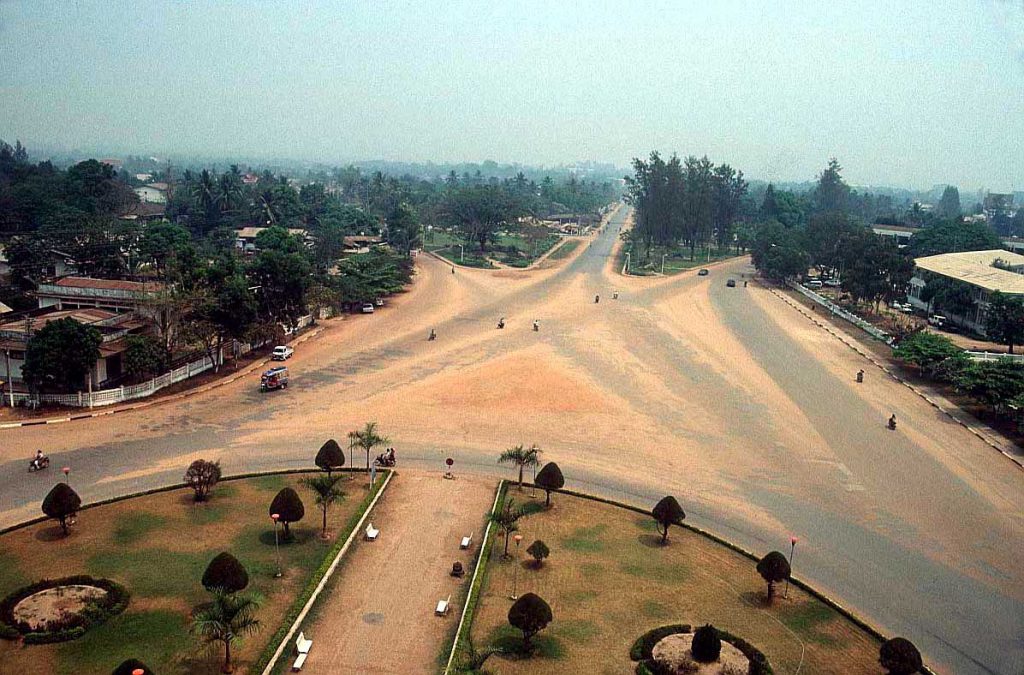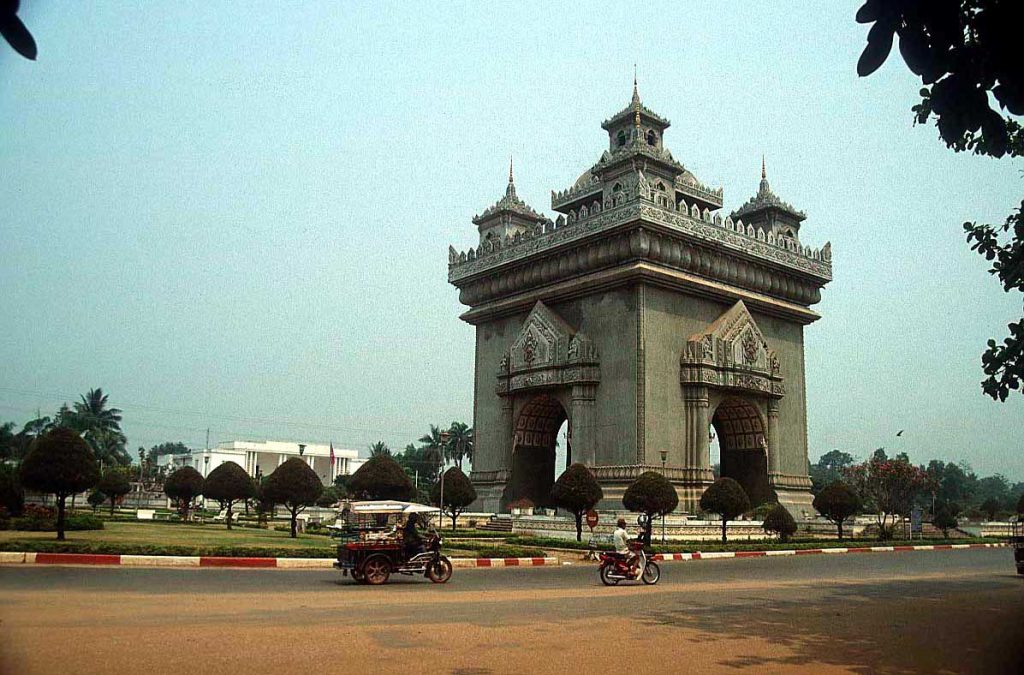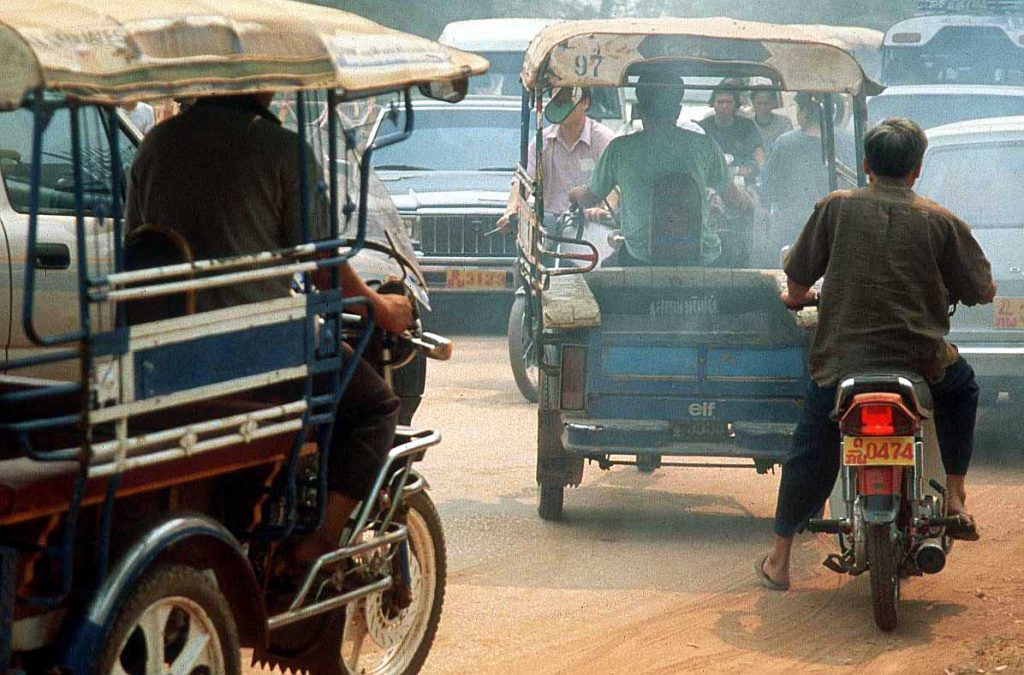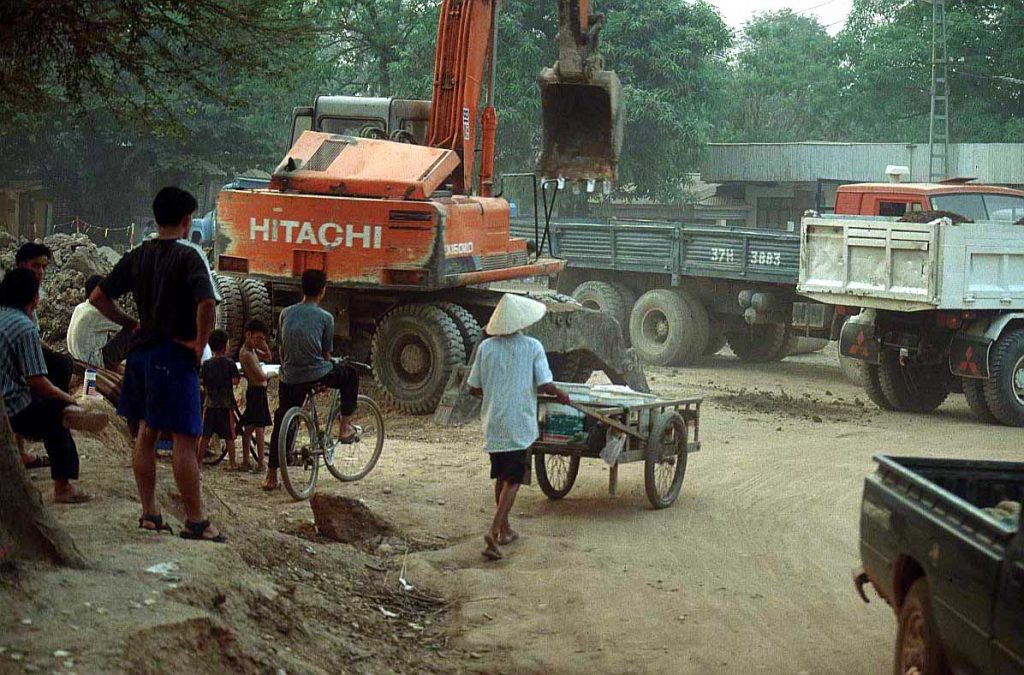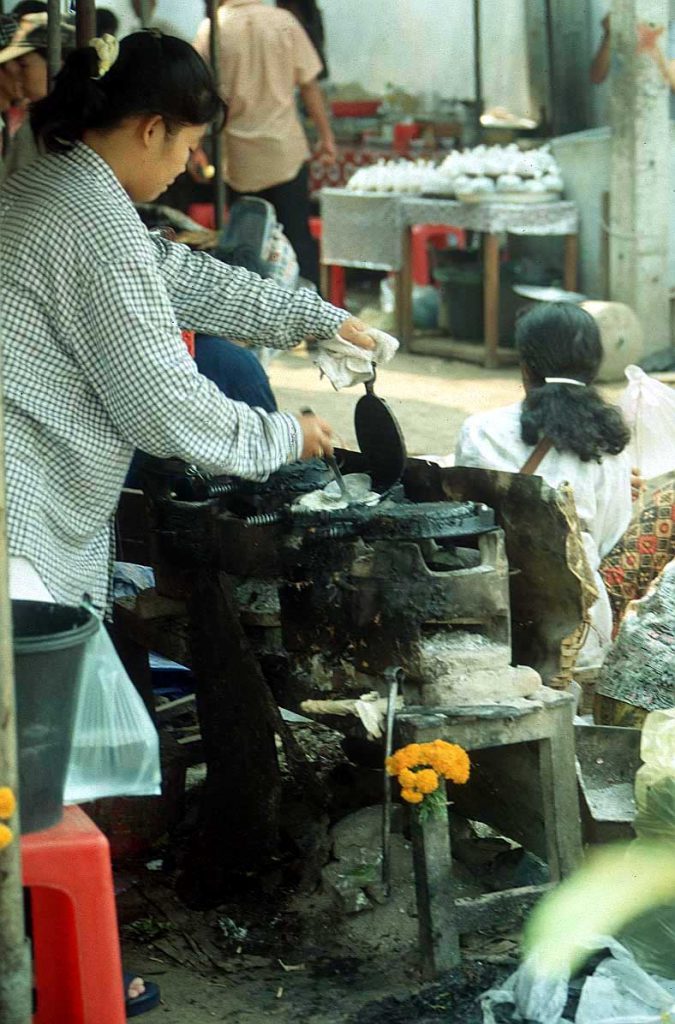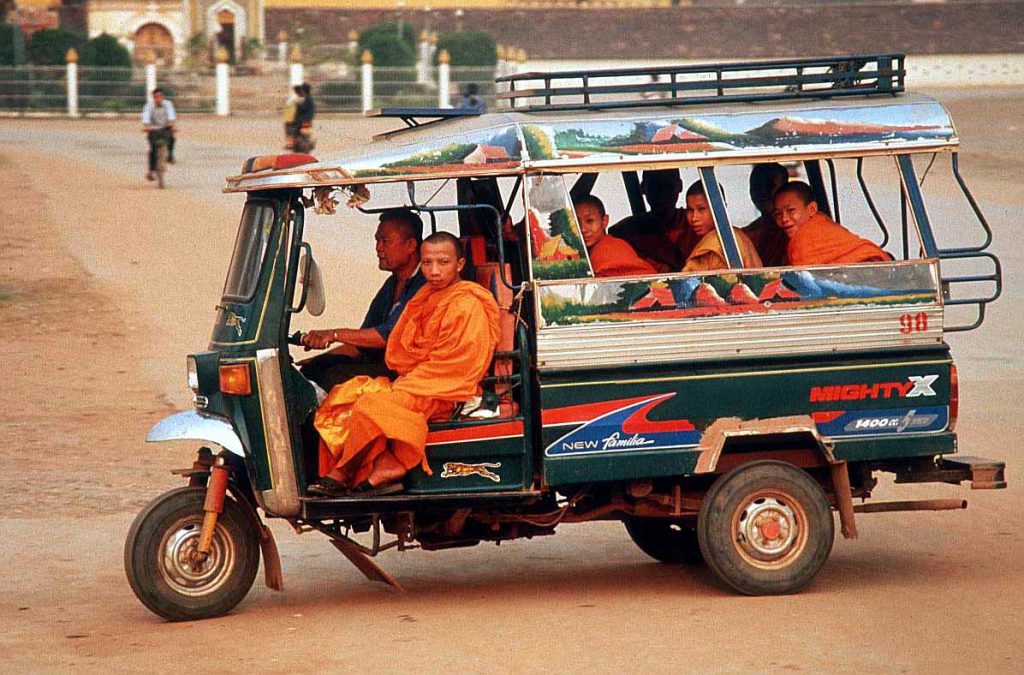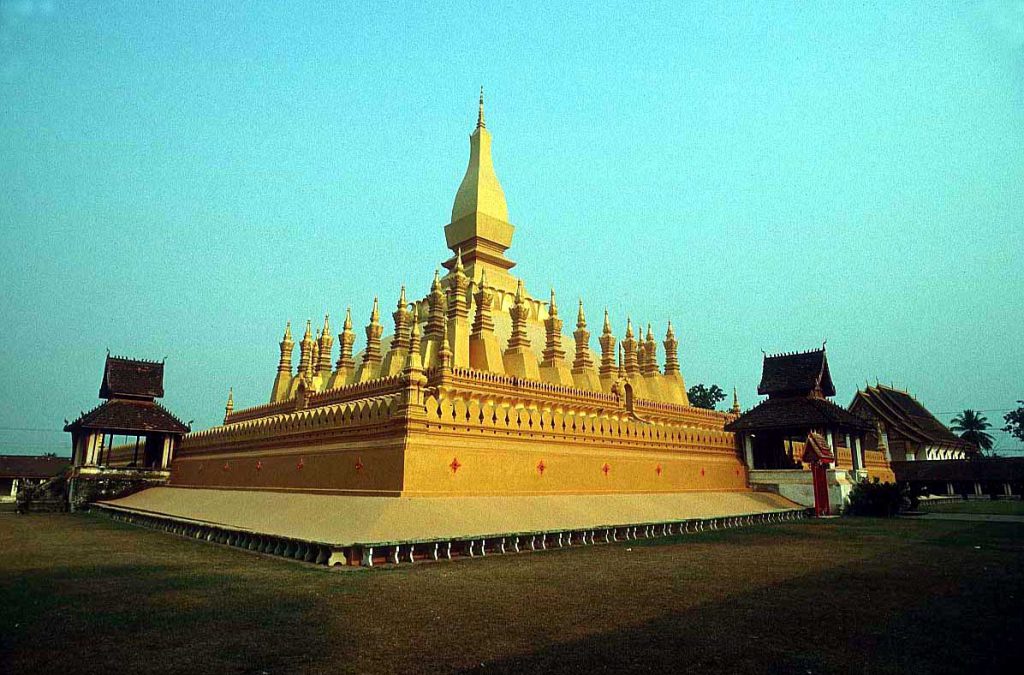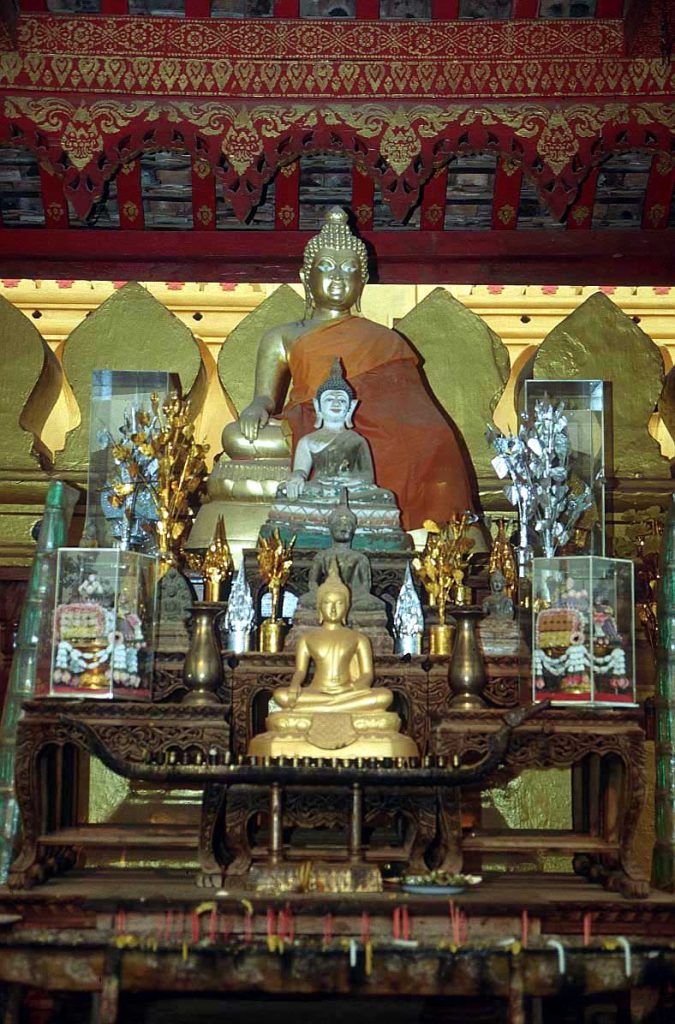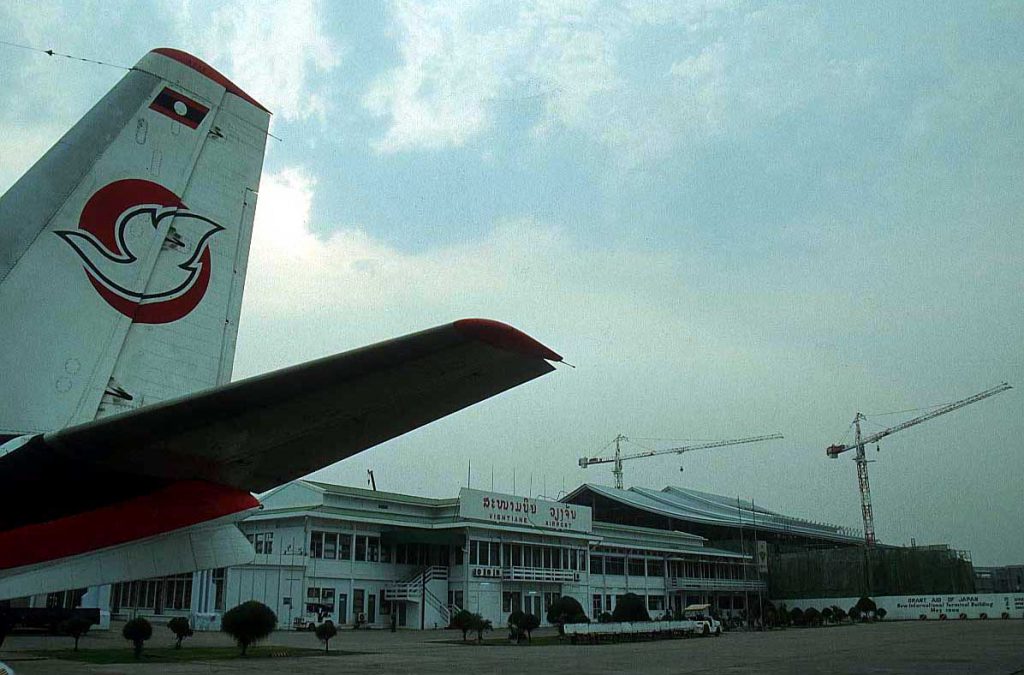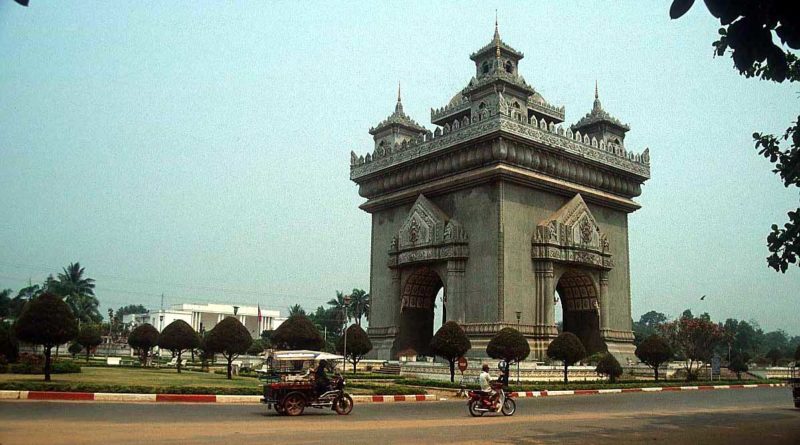Laos
Laos, officially known as the Lao People’s Democratic Republic, has an area of around 236,000 sq km, (92,000 sq miles) and is located in Southeast Asia. Laos is a landlocked, mountainous country with a population of around 6.5 million. After many years of war and isolation, Laos has become stable and now welcomes foreign visitors.
The capital of Laos is Vientiane, which has a population of around 300,000. The Laos economy has been based on its exports of rice, tobacco and coffee, but in recent years the country has been discovered as a tourist destination. The country’s oldest town is the historic royal city of Luang Prabang, around 500km up river from the capital, and with about 20,0000 inhabitants. Here you will experience a scene of centuries-old monasteries and monks in saffron-coloured robes. The people of Laos are open, friendly and courteous, and visitors receive a warm welcome. The country enjoys a tropical climate and thus most of the year is hot and humid. Laos is well worth exploring with the best time to visit being from November to March. April and May should be avoided as that is the very dry hot season.
What to see in Vientiane: the most prominent sight in the capital is the Patuxai (the arch), a monument with four “gates” reminiscent of European triumphal arches such as the Arc de Triomphe in Paris, the Brandenburg Gate in Berlin, or Marble Arch in London. However this version in Laos was only built in the 1960s using American money. You can go inside and from the top you get excellent views of the city.
Most sights in Laos are to do with Buddhism and are either “stupas” (spiritual monuments, often containing holy relics) built as symbols of enlightenment, usually in the form of a hemisphere, or temples. The most important national monument in Laos is Pha That Luang in Vientiane, a stupa which, according to tradition, is said to contain a piece of the Buddha’s breastbone. Pha That Luang is a well known symbol of the Lao nation. The oldest temple in Vientiane is Wat Si Saket, built in the 1820s on the corner of Th Lan Xang and Th Setthathirat; you can go inside for a fee. You probably won’t be able to miss the stupa called That Dam, as it is situated on a roundabout near the city centre. Once covered in gold, That Dam is believed to be the home of a seven-headed dragon that protects the citizens of the capital.
What to see in the rest of Laos: The UNESCO World Heritage listed town of Luang Prabang in the north of Laos is picturesque and full of beautiful, photogenic golden temples. You can visit the Pac Ou Caves and photograph the Kuang Sii waterfalls.
In the south of Laos there are 4,000 islands and Asia’s biggest waterfall, Khone Phapheng.
Until recently Buddhist monks outnumbered tourists in Laos, and the country is still relatively difficult for travellers, most of which are either backpackers or on organised tours. The majority of roads are still unpaved and travel is mostly by minibus, converted truck or elderly bus. Breakdowns and delays are common, but the journey through quiet and remote villages may be more interesting than official tourist sights, and the laid-back ambience can be appealing. One word of warning: the government of Laos is authoritarian and increasingly oppressive, so you might want to check the political situation before planning a trip.
Discover the Spiritual Heart of Laos in Luang Prabang
Declared a UNESCO World Heritage Site for its well-preserved architecture and cultural significance, Luang Prabang exudes a timeless charm that captivates visitors. Here, you can:
- Explore Temples: Wander through the city’s tranquil streets and discover a treasure trove of gilded temples and monasteries, including the iconic Wat Xieng Thong and Wat Mai Suwannaphumaham.
- Alms Giving Ceremony: Rise early to witness the sacred alms-giving ceremony, where Buddhist monks collect offerings of food from devout locals along the streets of Luang Prabang.
- Kuang Si Waterfalls: Embark on a scenic excursion to the breathtaking Kuang Si Waterfalls, where turquoise pools cascade amidst lush tropical forest, providing the perfect setting for a refreshing swim.

Cruise the Mighty Mekong River
The Mekong River, one of Asia’s longest and most legendary waterways, weaves its way through Laos, offering a unique perspective of the country’s rural life and natural beauty. Consider:
- Mekong River Cruises: Embark on a leisurely river cruise along the Mekong, where you can observe traditional villages, limestone cliffs, and verdant landscapes unfold along the riverbanks.
- Pak Ou Caves: Journey upstream to the Pak Ou Caves, a sacred site adorned with thousands of Buddha statues nestled within limestone caverns, offering a glimpse into Laos’ spiritual heritage.
- Don Khone Island: Explore the tranquil island of Don Khone in the picturesque 4,000 Islands region, where time seems to stand still amidst verdant rice paddies and lazy riverine scenery.
Immerse Yourself in Laotian Culture in Vientiane
As the capital city of Laos, Vientiane offers a captivating blend of colonial architecture, vibrant markets, and ancient temples. Here, you can:
- Visit Pha That Luang: Marvel at the grandeur of Pha That Luang, Laos’ national symbol and a magnificent golden stupa that represents Buddhist sovereignty and prosperity.
- Patuxai Monument: Ascend the Patuxai Monument, also known as the “Arc de Triomphe of Vientiane,” for panoramic views of the city and its surroundings.
- Buddha Park: Explore the surreal Buddha Park, located just outside Vientiane, where a collection of eclectic Buddhist and Hindu sculptures awaits amid serene parkland.
Trek Through the Pristine Landscapes of Northern Laos
For adventurous travelers seeking rugged terrain and authentic cultural encounters, Northern Laos beckons with its pristine forests, ethnic hill tribes, and remote villages. Consider:
- Luang Namtha: Embark on a trekking adventure in Luang Namtha Province, where you can hike through dense jungles, interact with ethnic minority communities, and stay in traditional homestays.
- Muang Ngoi Neua: Journey to the remote village of Muang Ngoi Neua, accessible only by boat, where you can experience traditional Lao village life and embark on scenic hikes to nearby caves and waterfalls.
- Nam Ha National Protected Area: Explore the biodiverse landscapes of Nam Ha National Protected Area, a haven for eco-tourism activities such as trekking, kayaking, and wildlife watching.
